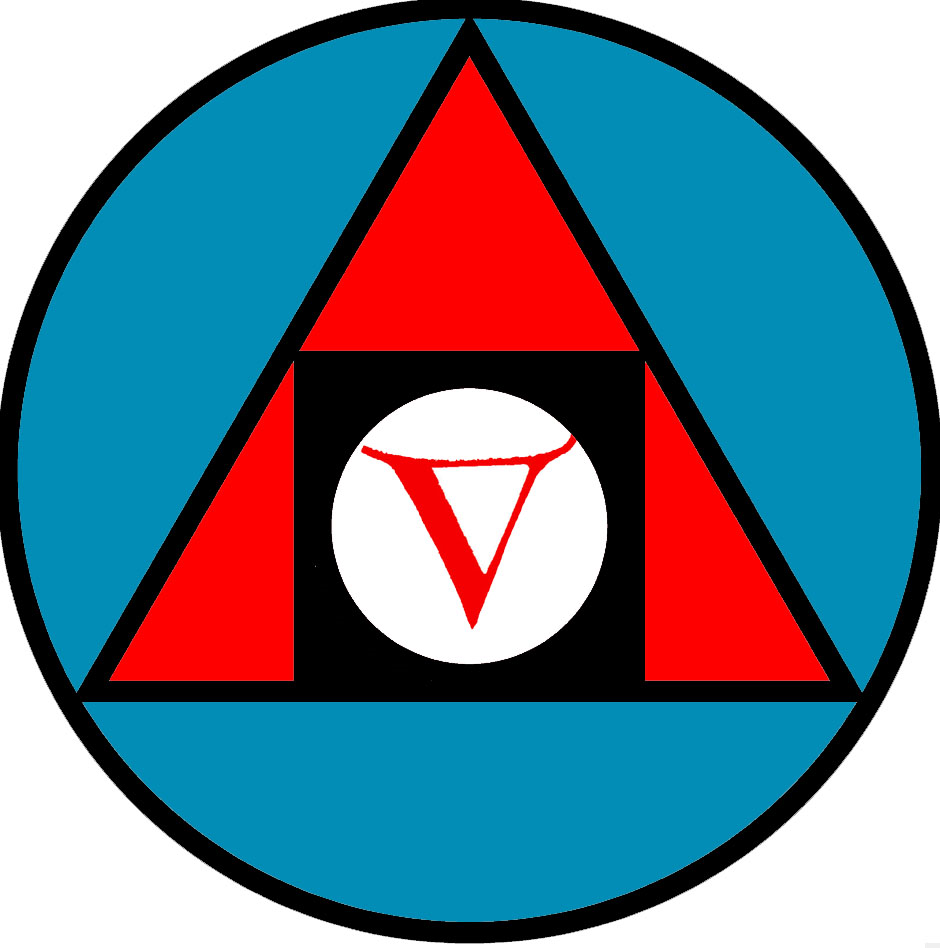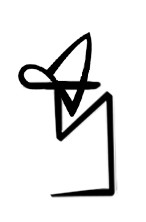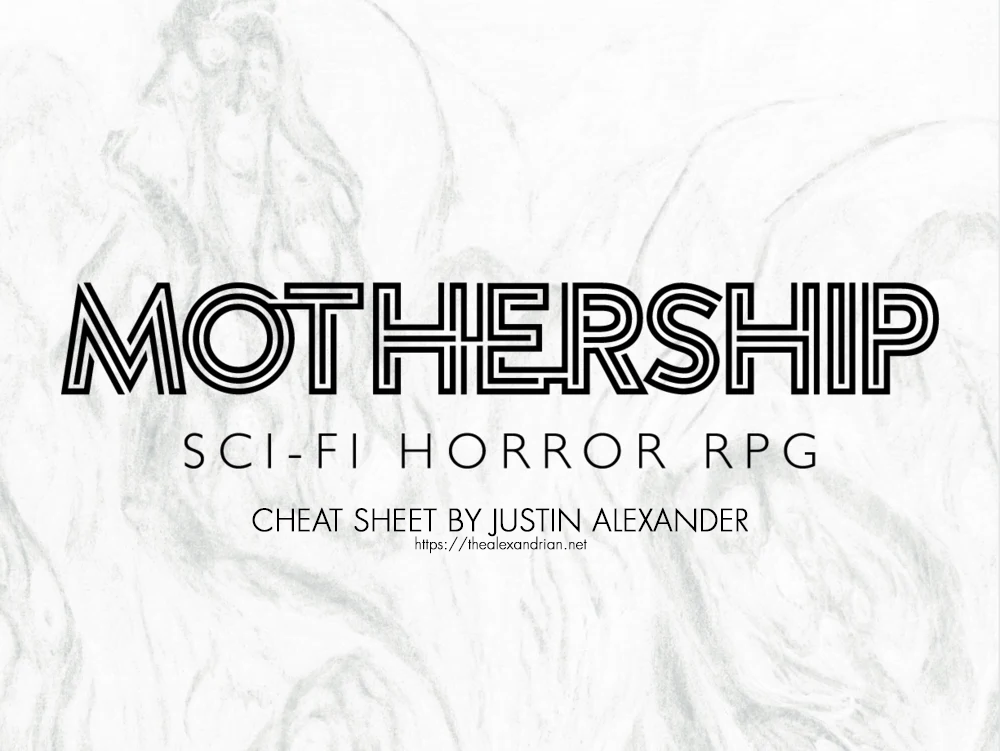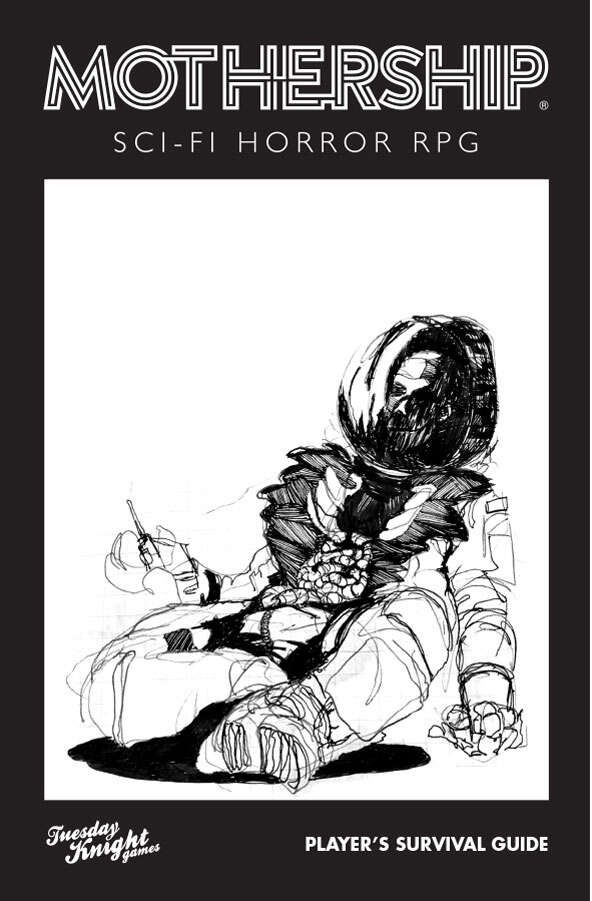The Pride of Morrain is named after a former scion of House Vladaam. Morrain was arrested for piracy during the War of Black Sails, escaped from the gallows in Trolone, and returned to Ptolus before being killed by Freeport assassins (who had been sent by a powerful pirate captain whose daughter Morrain had raped and murdered).
The prow of the ship is fashioned to resemble the head of a red dragon. The crew of the ship will tell tales of how the cunningly craft wooden head contains the mummified heart of a dragon slain by Morrain himself. It’s possible that many or all of them actually believe this tale, but it’s not true.
CAPTAIN BOASTIA: Use stats for pirate captain (MM 2024, p. 242).
SHIP’S MAP: The map of the Pride of Morrain is based on the Duskbringer battlemap published by Elven Tower. The original map can be found here, but the version seen above has been heavily modified. Patrons of the Alexandrian have exclusive access to a high-resolution version of the modified map, suitable for printing or VTTs.
AREA 1 – THE WHEEL
The brass wheel of the ship has a plaque attached to it, explaining that it was taken from the original Pride of Morrain and was wielded by the hand of Prince Morrain during the War of Black Sails.
AREA 2 – MAIN DECK
At first glance, a fairly typical ship’s deck.
AFT DOOR: The aft door, leading below decks, is surprisingly sturdy and can be secured with two locks and a bar from the outside. (This is a final defensive measure against the potential of slave uprising.)
- AC 19, 40 hp, DC 18 Dexterity (Thieves’ Tools)
CARGO HATCH: Similarly, the cargo hatch is secured with a pair of hefty padlocks.
- AC 19, 7 hp, DC 18 Dexterity (Thieves’ Tools)
AREA 3 – BALLISTAS
The upper deck ballistas are mounted on swivels.
SEARCH — DC 10 Wisdom (Perception): 6 of the bolts at each ballista tipped with alchemist’s fire.
- DC 14 Intelligence (Wisdom): To find a slip of paper under the alchemist’s fire bolts at the prow of the ship billing for various supplies which were delivered to an address on Wayfarer’s Street. (This address belongs to Alchemical Lab — Shadowworks, which created the fire bolts.)
ALCHEMIST’S FIRE BOLTS: 3d10 piercing damage. Target takes 1d10 fire damage at the start of each of their turns.
AREA 4 – GRAPPLER BALLISTA
The lower ballista is secreted within the open mouth of the ship’s red dragon prow. The bolts shot by this ballista are tethered and a powerful, steam-powered mechanism under the deck can be used to drag pinioned ships into boarding range.
AREA 5 – SUPPLIES & ARMORY
In addition to hard tack, barrels of water, rope, and other necessary supplies, this room contains an unusual number of weapons:
- scimitars & dragon pistols (Ptolus, p. 522), enough to arm the sailors
- dragon rifles (Ptolus, p. 522) to arm the Advanced Vladaam Guards
STAIR DOORS: The doors at the bottom of the stairs are steel-cored and securely locked.
- AC 19, 40 hp, DC 18 Dexterity (Thieves’ Tools)
AREA 6 – WATER PURIFIER
A technomantic device in this compartment siphons ocean water and purifies it for human consumption… but only imperfectly. The result is potable, but still has a slightly salty and unpleasant aftertaste. It’s good enough for the slaves, though.
SIGIL: The device is marked with the Vladaam alchemy sigil:

AREA 7 – UPPER HOLD
The upper hold generally contains mundane cargo.
CARGO HATCHES: Cargo hatches lead to both the upper deck (Area 2) and the slave hold below (Area 12). Both are secured from above with a pair of hefty padlocks unless in use.
- AC 19, 7 hp, DC 18 Dexterity (Thieves’ Tools)
AREA 8 – CREW QUARTERS
These chambers are filled with crisscrossing hammocks and where most of the crew sleep.
AREA 9 – VLADAAM MAGE’S QUARTERS
The Vladaam Mage assigned to the ship keeps their quarters here. Their personal belongings include their spellbook and A Missive Regarding Slaves.
- GM’s Background: The sigil on the missive belongs to Aliaster Vladaam.
A MISSIVE REGARDING SLAVES
Guildmaster Arzan tells me you have a sharp eye. I expect you to practice it now. We are conducting crucial experiments in the apartments on Crossing Street and are in need of experimental stock. We are particularly in need of those with an affinity for metamorphic compounds while also possessing the physical endurance to withstand the experimental techniques. If you observe any such during your service, flag them to my attention immediately.
AREA 10 – SLAVE CELLS
These cabins are secured with locks from the outside and have been outfitted to secure rare and valuable slaves. They are generally empty, but there’s a 10% chance of occupation for each cell, in which case roll 1d8 to determine the CR of the inhabitant and use a random encounter table of your choice to determine who/what it is.
AREA 11 – CAPTAIN’S QUARTERS
Captain Boastia gets an actual bed! It’s nothing too fancy, but it’s pleasant enough.
The captain’s logs can be used to reconstruct the frequency and number of slaves being transported by the Pride of Morrain.
AREA 12 – SLAVE HOLD
The Vladaam Mages assigned to these ships regularly cast prestidigitation to clean out the holds, but it’s not enough to purge the sickening stench that clings to the slave holds – a mix of filth, excrement, blood, and putrescence.
GM Note: If the Pride of Morrain is not currently hauling slaves, this cargo hold may be converted to hold additional goods.
AREA 13 – LOWER HOLD
This area is generally used for standard trade goods and cheap rations for the slaves. If the ship is carrying a particularly large full load of slaves, the overflow may also be held in here.
AREA 14 – OFFICER’S MESS
Close inspection reveals that the officer’s mess is covered in a thin layer of dust, suggesting that it’s rarely used. The close proximity to the slave hold has rendered the mess an unpleasant place.
GM Note: There have been some discussions of converting the space into additional cargo space, but Captain Boastia has been hesitant to abandon the tradition.




















